Shrinkflation has become one of the most frustrating realities at Canadian grocery stores. Packages look the same, but what’s inside often isn’t. From pantry staples to snacks, many household favorites have quietly reduced their size while prices continue to climb, and shoppers often don’t notice right away, only to realize they’re paying more for less over time. This subtle trick stretches budgets thinner and leaves families frustrated. Here are 20 grocery staples in Canada that quietly got smaller but more expensive:
Breakfast Cereal
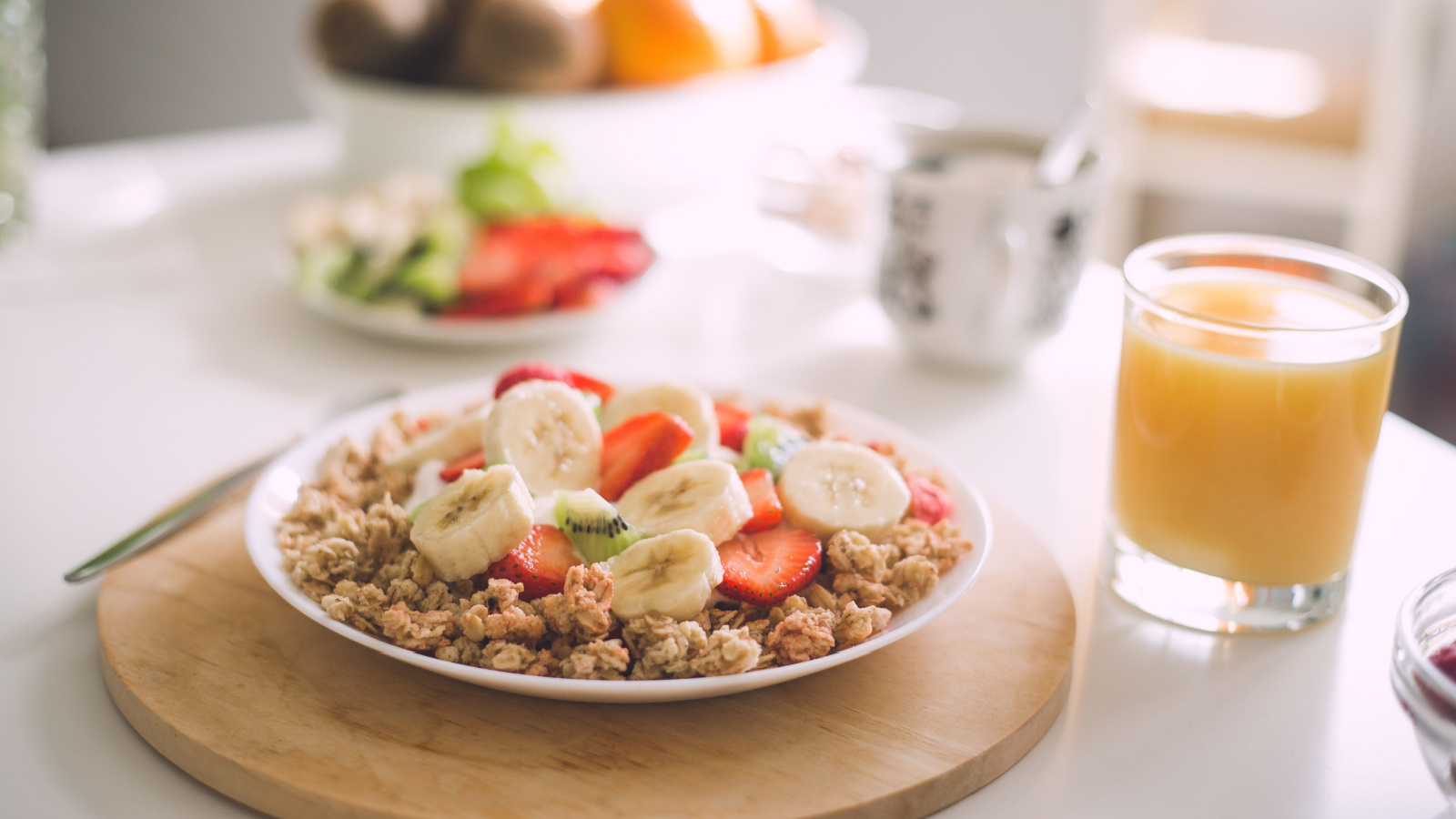
Cereal boxes haven’t changed much on the outside, but the amount inside certainly has. Popular brands that used to hold 500 grams are now closer to 425 grams, yet the price has either stayed the same or gone up. Families notice boxes emptying quicker, forcing more frequent purchases. This shrinkflation tactic is particularly frustrating for parents since cereal is a staple for kids. What once seemed like a budget-friendly breakfast is now a pricey option, and Canadians are increasingly switching to bulk or store-brand alternatives to stretch their dollars at the breakfast table.
Yogurt Cups
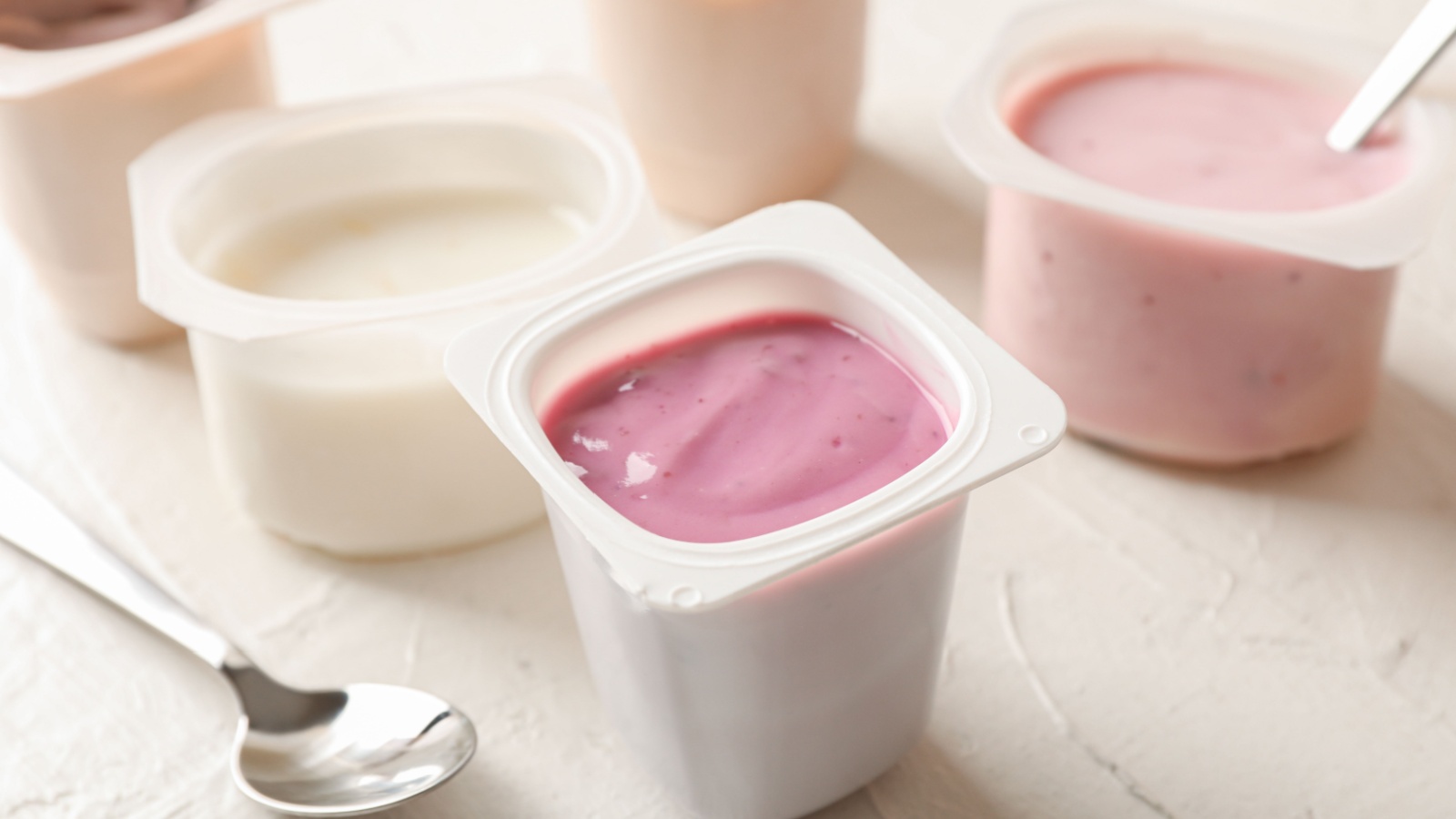
Yogurt cups are a textbook case of shrinkflation in Canada. Individual portions that were once a full 100 grams are now down to 90 grams, or even 80 grams in some cases, without any noticeable change to packaging size. Prices, however, keep climbing, making yogurt feel more like a premium purchase than an everyday snack. For families who buy multi-packs, the difference adds up quickly over a month. Many Canadians now feel they’re paying more for less nutrition, pushing them to buy larger tubs instead of single-serve options to save money.
Potato Chips
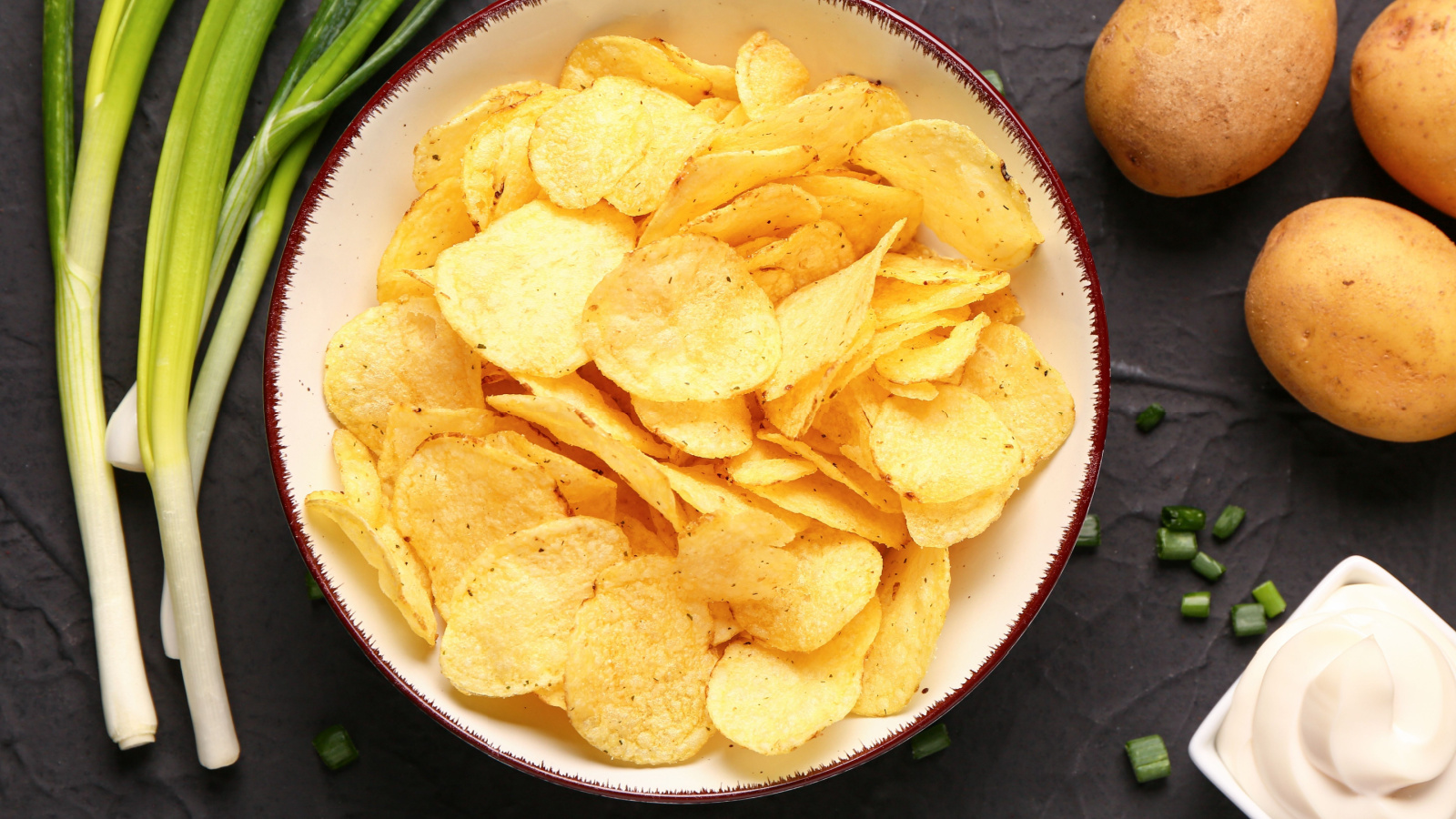
Snack lovers in Canada know the disappointment of opening a chip bag only to find more air than food. Over the years, bag sizes have shrunk while prices have climbed steadily. A family-sized bag that once weighed 300 grams now often contains just 235 grams, but the packaging looks nearly identical, tricking shoppers at first glance. Chips are still marketed as a treat to share, but with fewer actual servings, the cost per bite has skyrocketed. Many Canadians now turn to bulk warehouse stores or store brands to get a fairer deal.
Peanut Butter
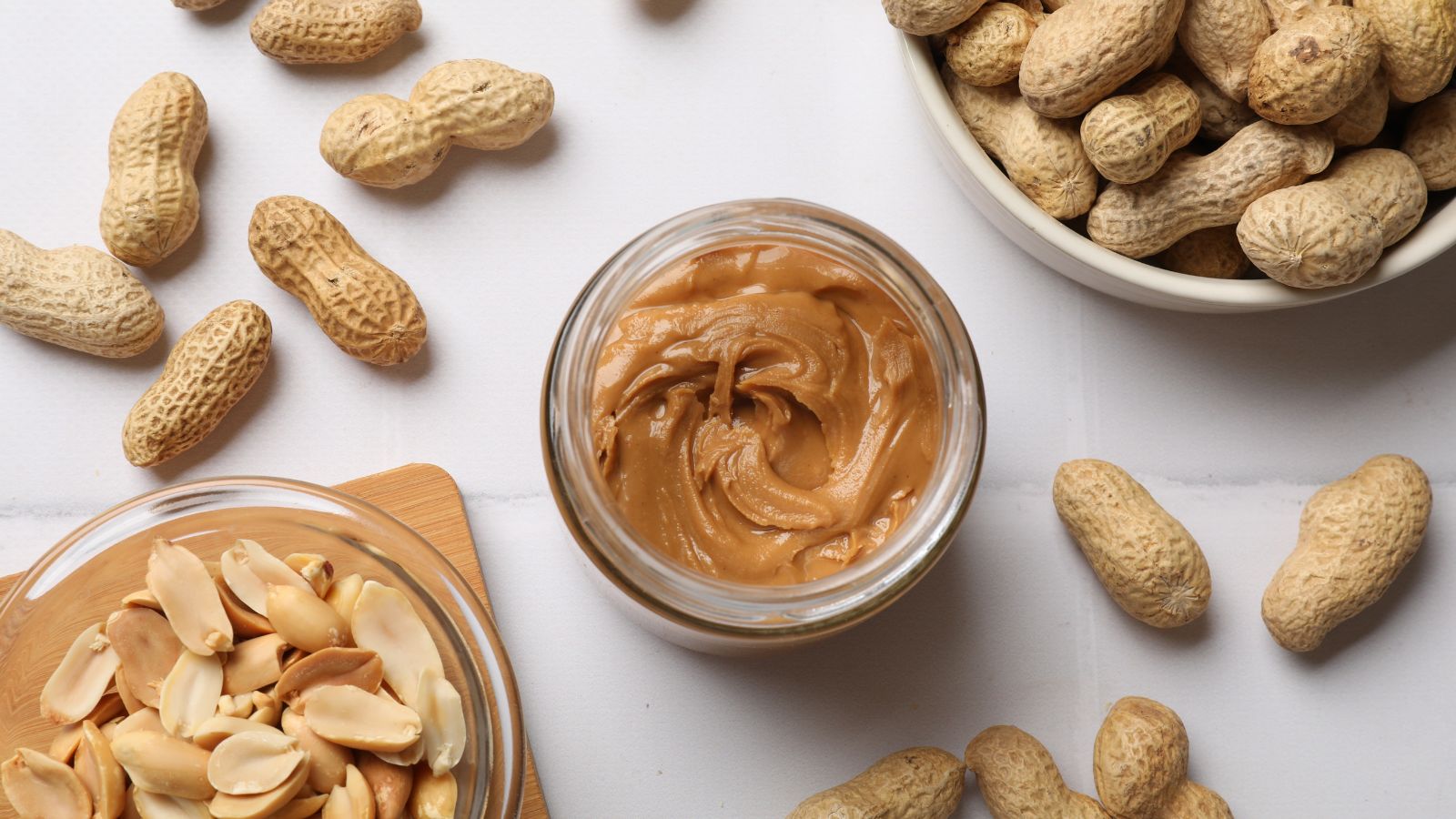
Peanut butter jars have slimmed down in Canada without much notice. Standard jars that were once 1 kilogram are now often 850 grams or even smaller. For households where peanut butter is a lunchbox essential, that missing portion really adds up, yet prices have not only remained steady but have often increased with inflation. The container shape and labeling stay nearly identical, making it hard to spot the change unless you look closely. Canadians now pay more for fewer sandwiches’ worth, making peanut butter a frustrating example of hidden price hikes.
Cheese Blocks
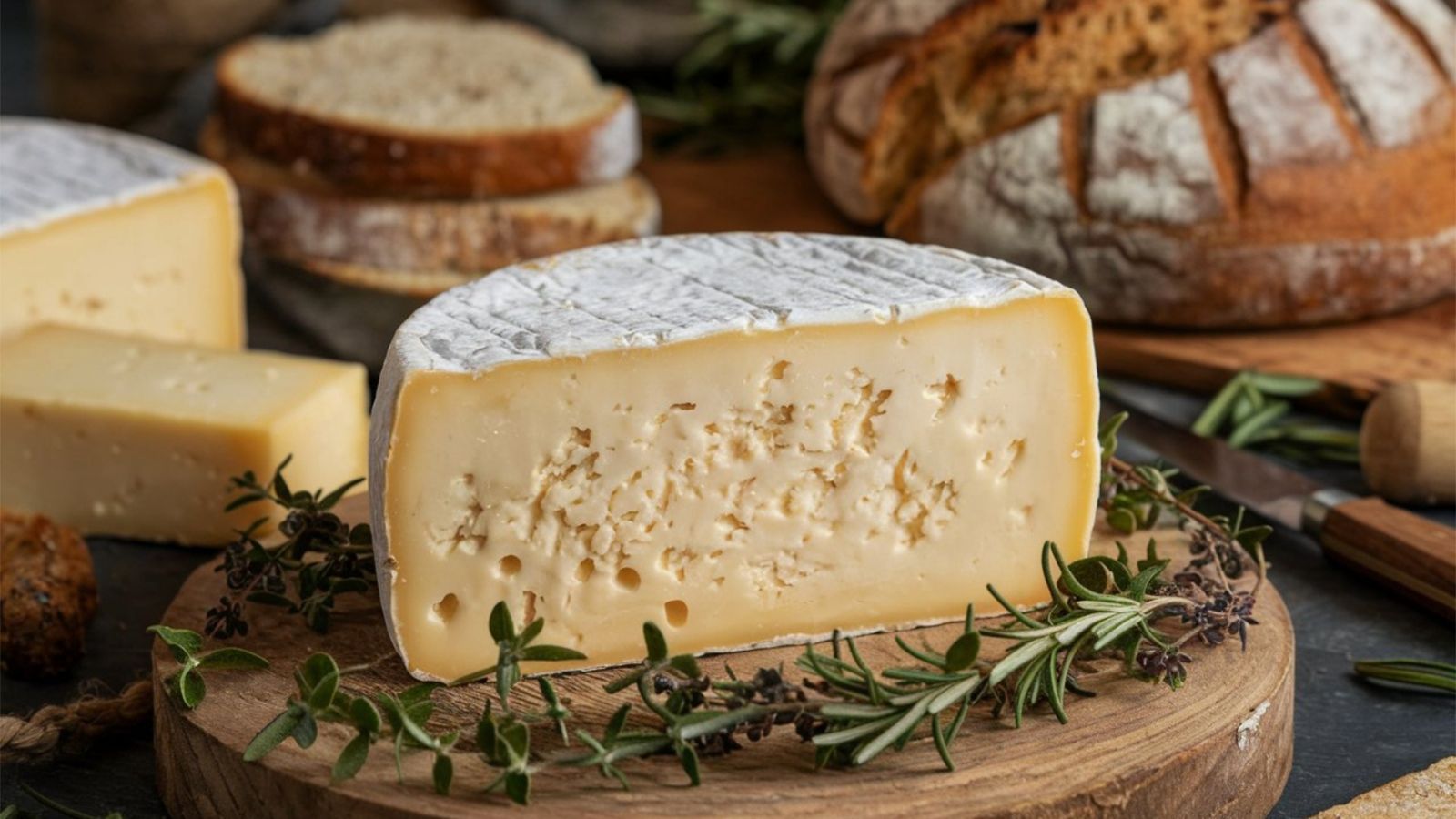
Cheese is one of the hardest-hit staples in Canadian kitchens. A block that once weighed 500 grams now often comes in at 400 grams, with a higher price tag to match. Since cheese is a staple ingredient in sandwiches, pasta, and family meals, this shift hits households particularly hard. The packaging looks similar, making the reduction subtle enough to go unnoticed at first. Cheese already carried a hefty price, but shrinkflation has made it feel almost like a luxury, as many Canadians now ration portions or look for discount bins just to keep up.
Coffee Tins
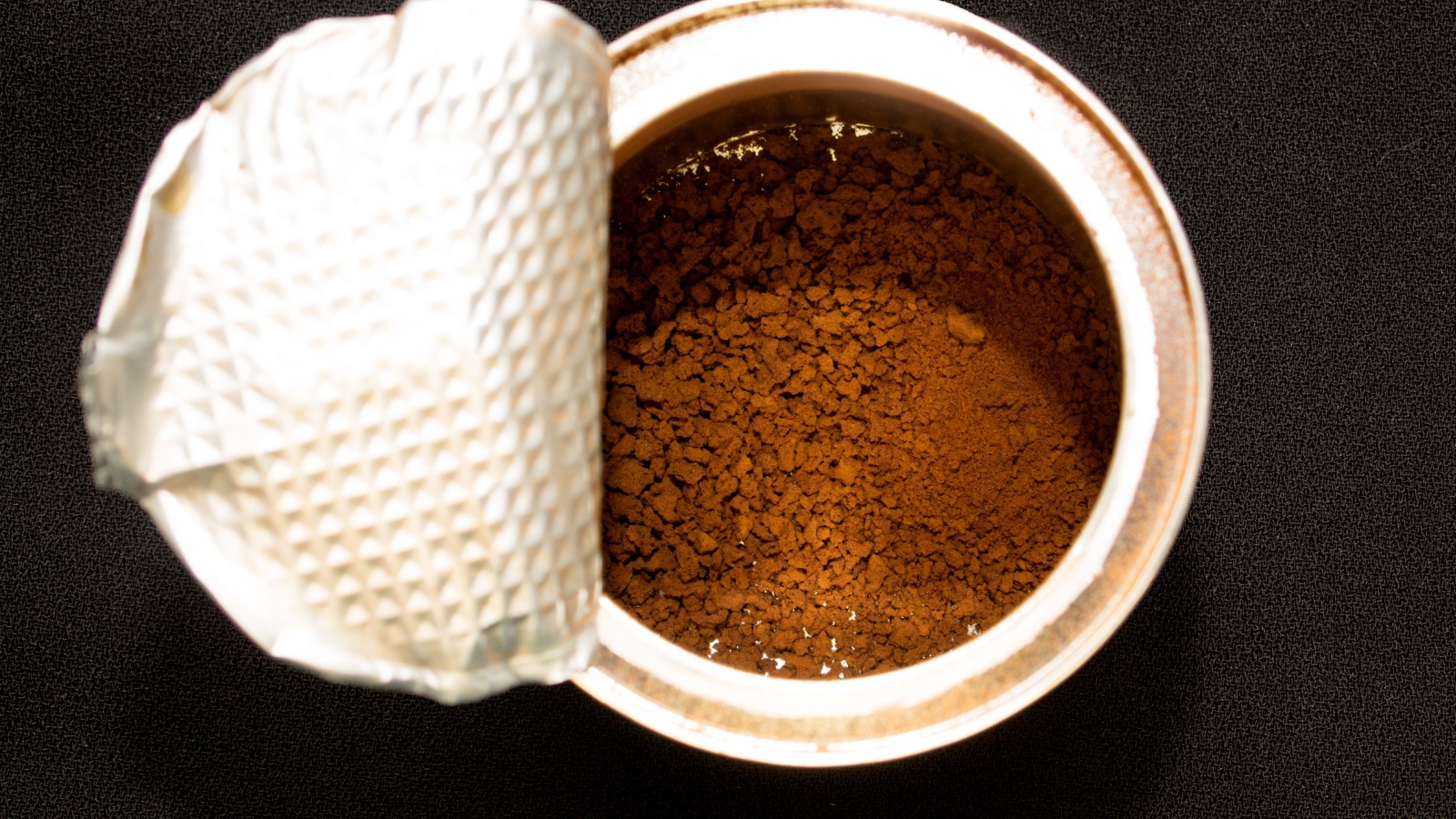
Coffee drinkers have noticed their morning brew becoming noticeably more expensive due to smaller tins. Popular brands once offered 1-kilogram cans, but many are now closer to 875 grams or even 750 grams. Yet, the price point remains stubbornly high, with some tins costing the same or more than before. Since most Canadians drink coffee daily, the change is hard to miss, as bags empty faster, and refills come sooner. This stealthy shrinkage has left many people frustrated, pushing them toward bulk beans, warehouse stores, or cheaper private labels just to keep caffeinated.
Bacon Packs
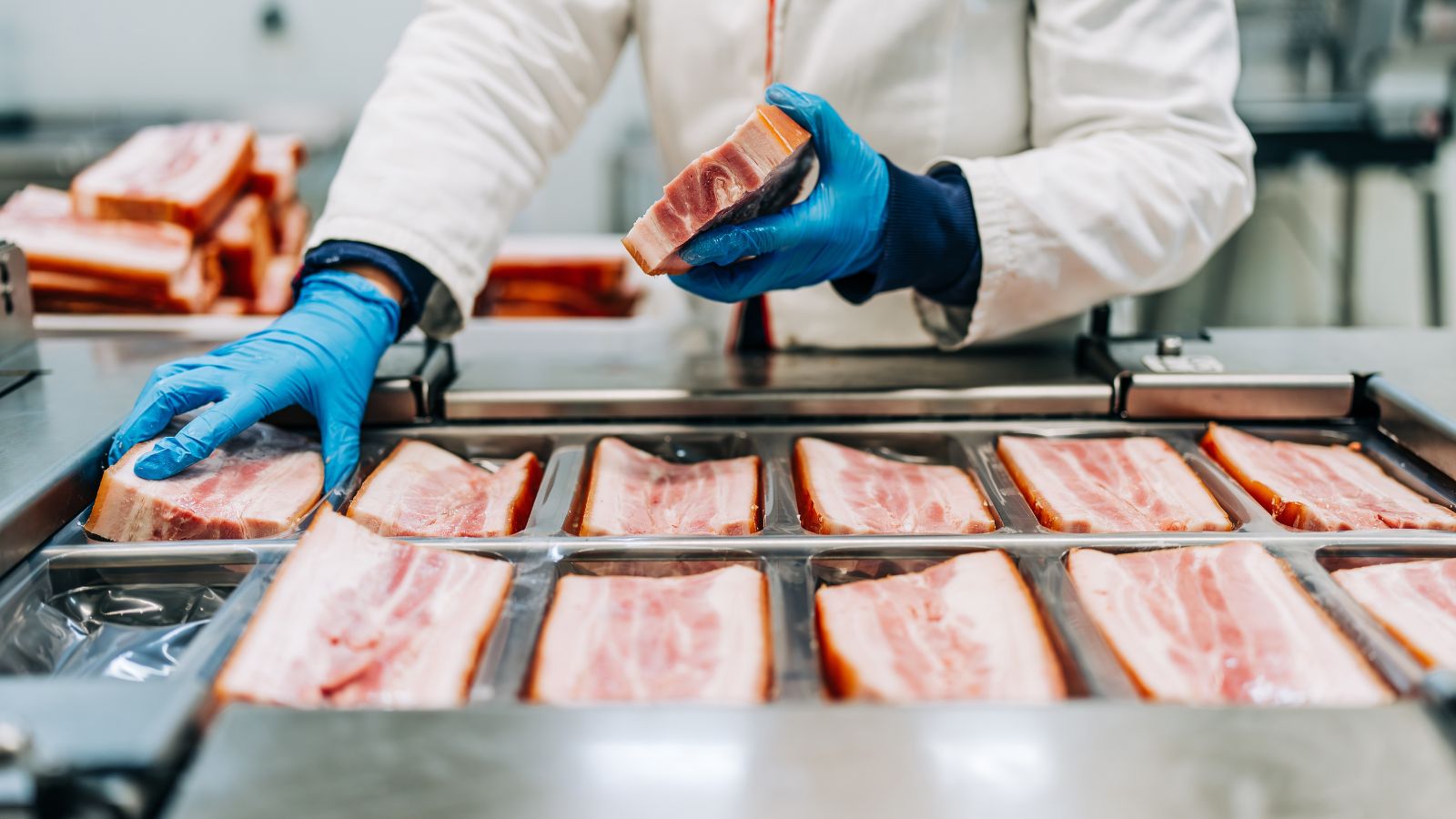
Bacon packaging is another grocery item that has quietly slimmed down. Standard packs that were once 500 grams often now contain just 375 or 400 grams, yet the price remains high. For families who make bacon a weekend breakfast staple, that’s a big cut in value. The smaller size forces Canadians to buy more packs more often, stretching already tight budgets. Given how expensive pork products have become, the shrinkflation of bacon feels particularly painful. Many shoppers have noticed and complained, but brands keep the smaller sizes hidden behind familiar packaging designs.
Ice Cream Tubs

Ice cream tubs are no longer the generous size Canadians remember. Many brands that used to sell 2-liter tubs now only offer 1.5 liters, sometimes even less, for the same or higher prices. With packaging that still looks big and colorful, the change isn’t obvious until you compare carefully. Families who treat themselves to ice cream now notice tubs disappearing faster, making indulgence more costly. Shrinkflation has turned this comfort food into a pricier luxury, as some Canadians now turn to local ice cream makers or buy in bulk to get better value.
Toilet Paper

Household staples like toilet paper have shrunk, too. Rolls that once contained 280 sheets now often have closer to 220, but packages are still marketed as “mega” or “ultra”, while prices, of course, have climbed right alongside the shrinkage. Since toilet paper is a non-negotiable household item, shoppers have little choice but to accept the change. Canadians quickly notice rolls running out faster, but many don’t realize just how much the product has been reduced.
Bread Loaves
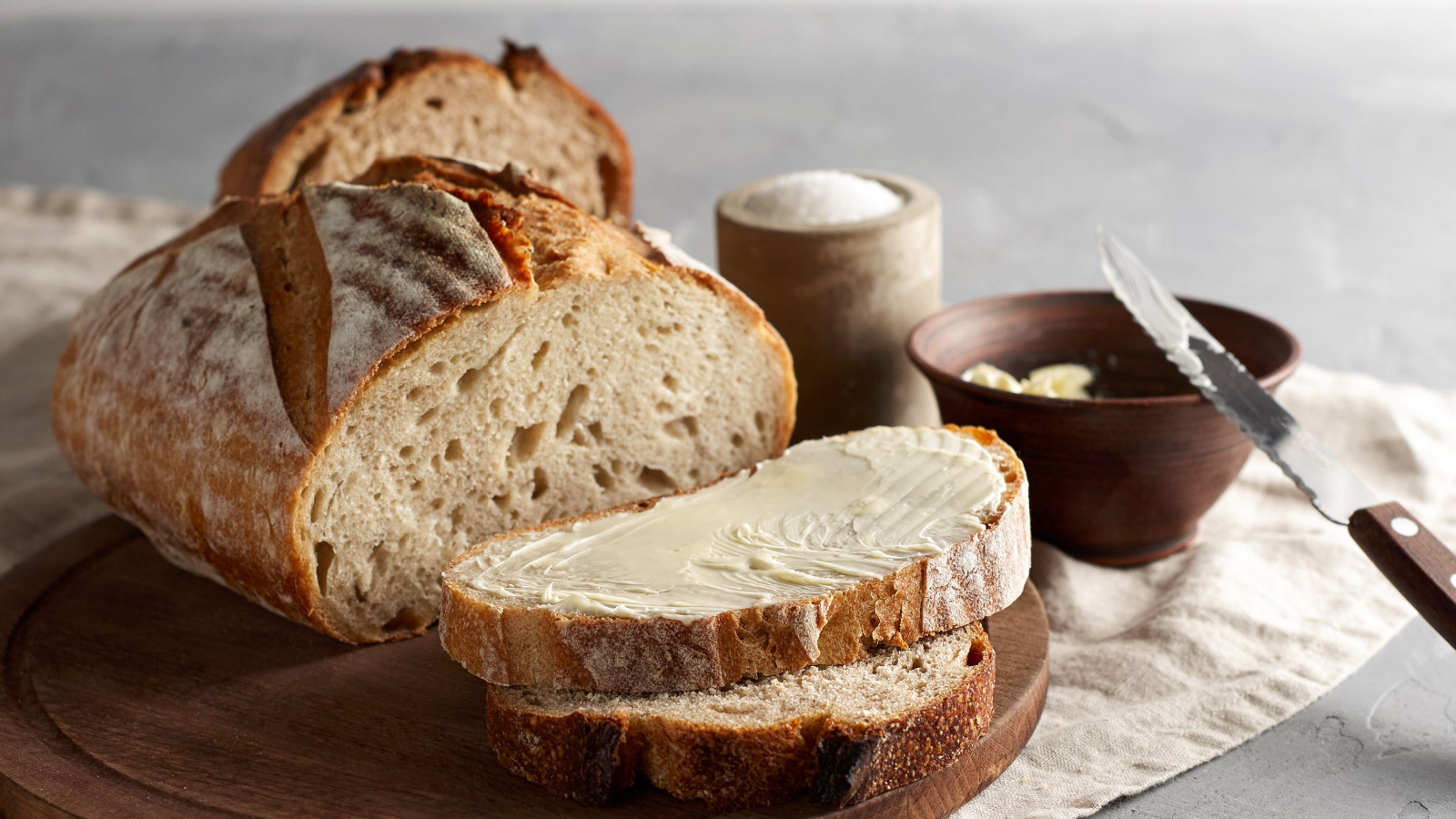
Bread loaves in Canada have slimmed down in both size and weight. What was once a standard 675-gram loaf is now commonly sold at 600 grams or less. The slices themselves are often thinner, meaning sandwiches don’t stretch as far, while prices, however, keep rising, making bread a less affordable staple for many families. Shrinkflation has prompted some Canadians to bake at home or switch to discount brands to manage their grocery costs effectively. For an item as basic as bread, paying more for less feels particularly frustrating in today’s economy.
Orange Juice
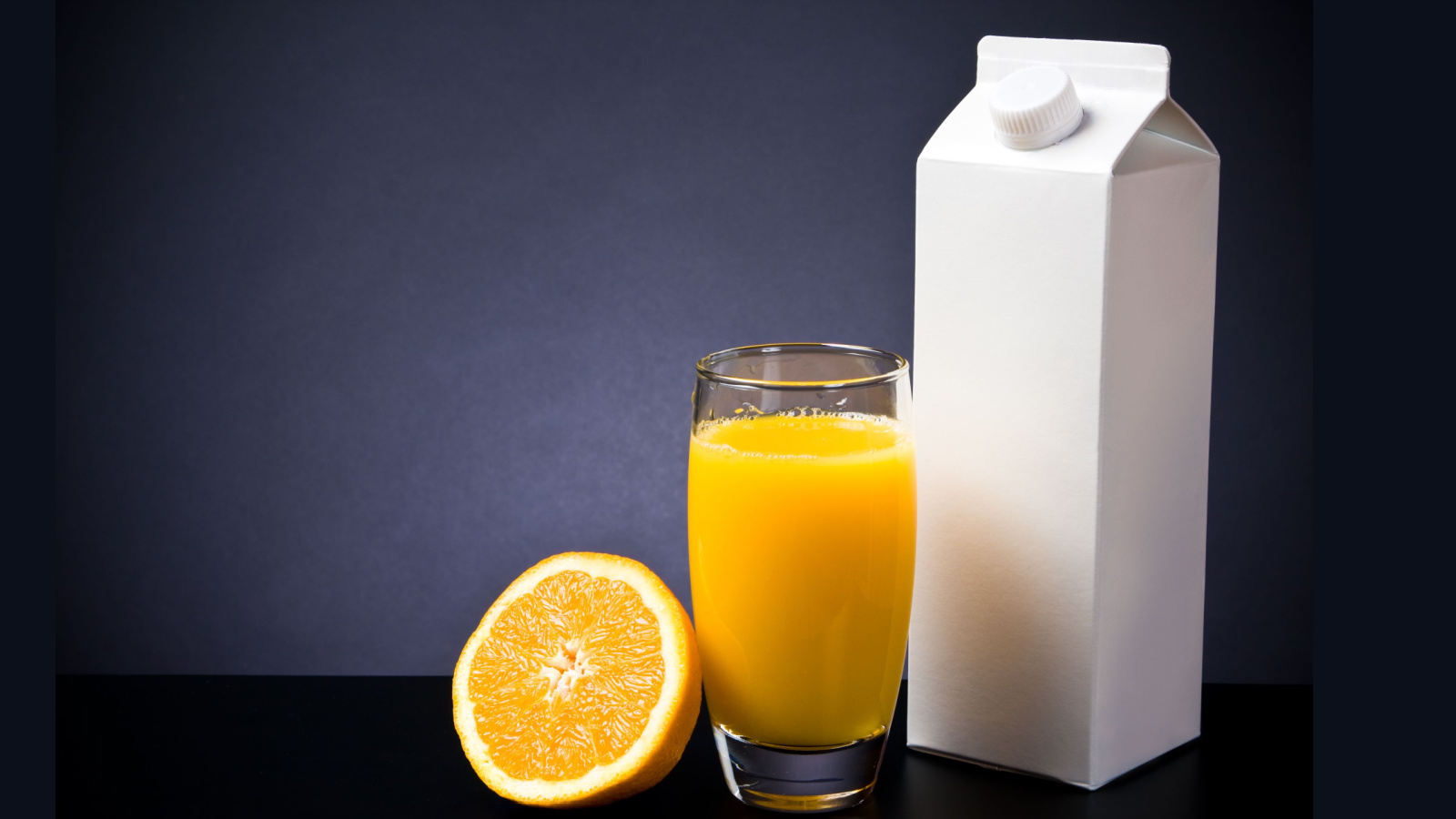
Orange juice cartons are a prime example of shrinkflation at work. What used to be a full liter is now often just 890 milliliters, yet the cartons look nearly identical. At the same time, prices have risen, making juice feel less like an everyday drink and more like a splurge. Families notice cartons emptying quicker, especially with kids at breakfast. With supply chain pressures and higher fruit costs, producers quietly reduced the size instead of lowering prices. Canadians are left paying more for fewer glasses of juice, pushing many toward concentrates or no-name alternatives.
Butter
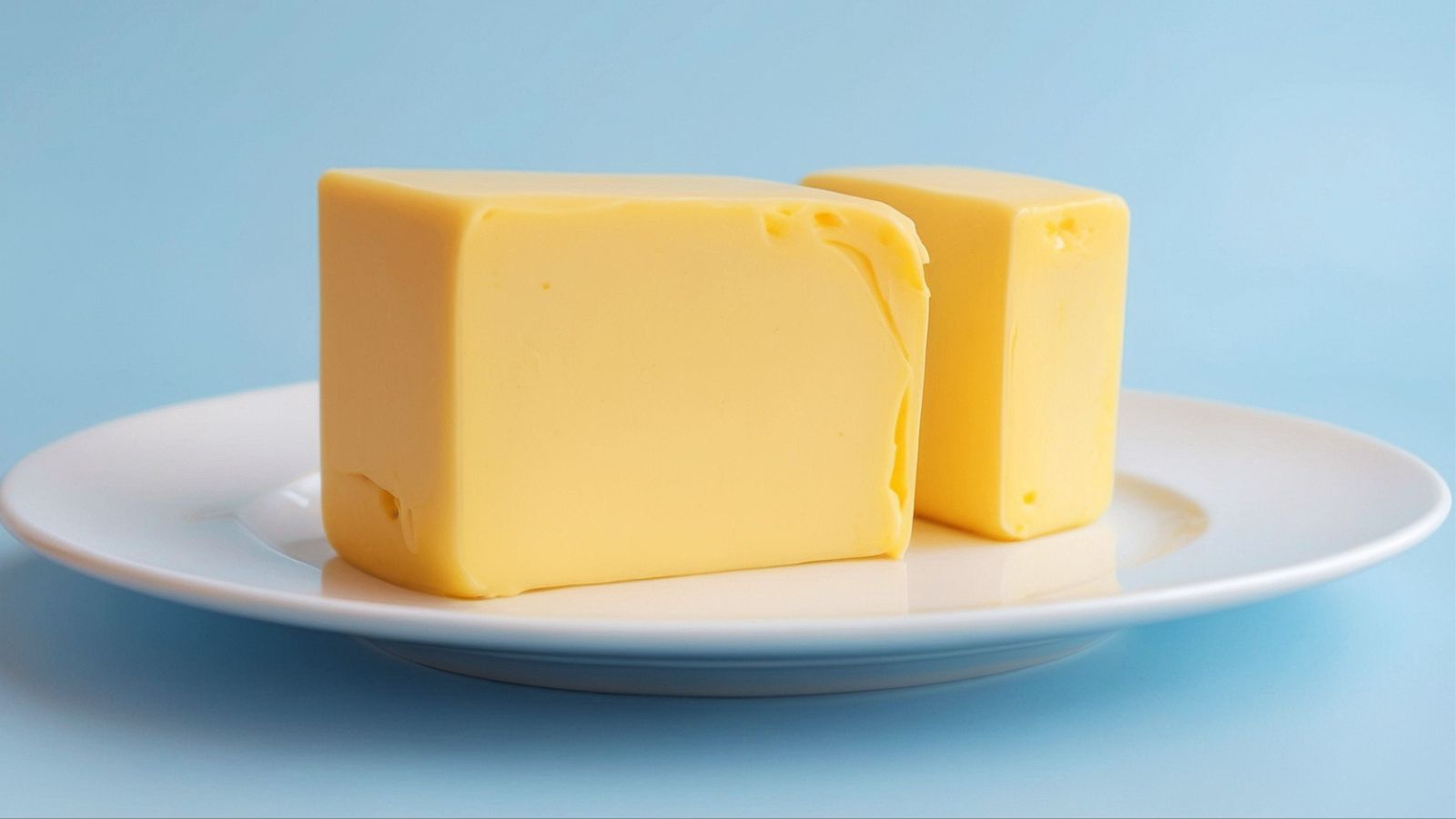
Butter packs have gotten slimmer while prices continue to climb. Traditionally sold in 454-gram blocks, some brands now package them at 400 grams or even less, but the familiar wrapping makes it hard to spot. Since butter is a kitchen essential for baking, cooking, and spreading, the reduction stings households that use it regularly. Canadians already feel the pinch from rising dairy costs. Still, shrinkflation has made butter feel almost like a luxury, and with smaller portions costing more, many shoppers are rationing use or switching to margarine to keep grocery bills manageable.
Pasta
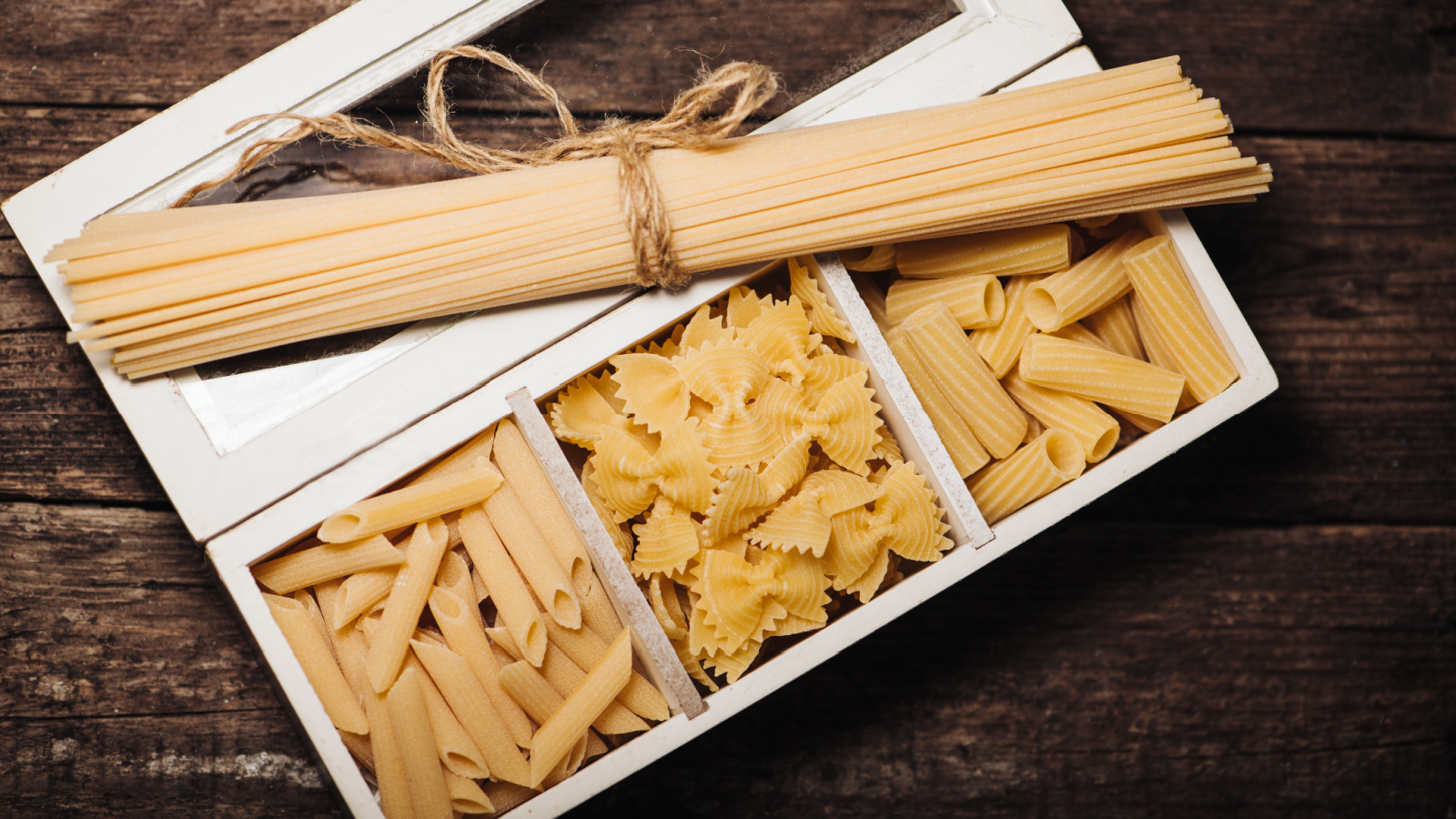
Pasta boxes, once a reliable 500 grams, now often weigh 375 or 400 grams, though packaging looks nearly the same. For families who rely on pasta as a budget-friendly meal option, this change adds up quickly, as a box that used to serve four comfortably might now barely stretch to three portions. Prices haven’t dropped to reflect the size cut, making pasta less of the affordable staple it once was. Canadians are increasingly buying in bulk or turning to warehouse stores to get the best value, as shrinkflation quietly undercuts this mealtime favorite.
Crackers
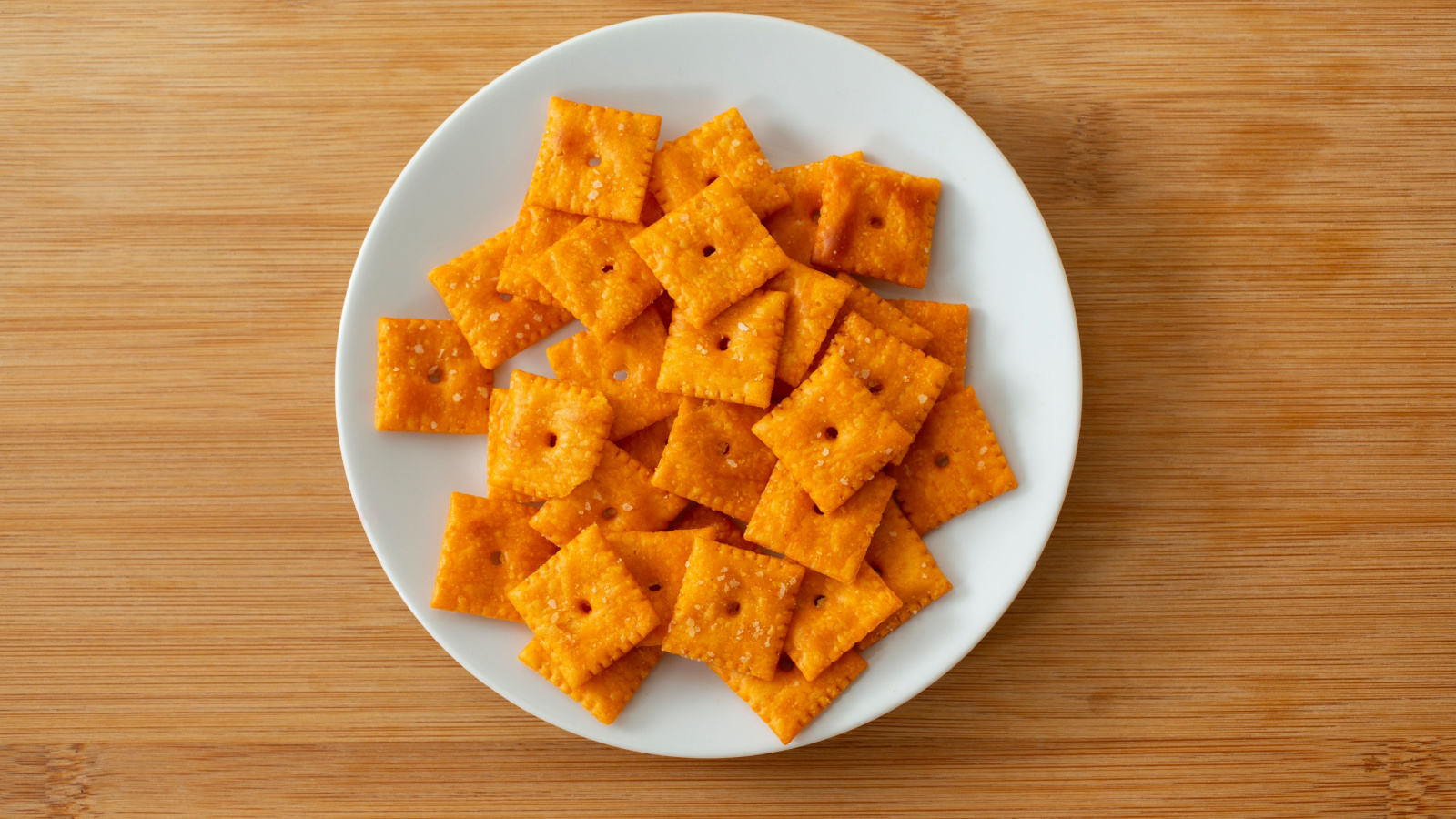
Cracker boxes have shrunk significantly, even while staying visually identical on shelves. A box that once contained 225 grams now often has only 200 grams or less, with the same, or a higher, price tag. Since crackers are a common snack and party staple, the missing portions add up quickly. Shrinkflation means Canadians are getting fewer crackers per serving, which makes entertaining or even simple snacks more expensive. Many shoppers now opt for store-brand versions, which are often cheaper and sometimes still offer larger sizes, while the subtle reduction frustrates anyone who’s loyal to name brands.
Frozen Vegetables
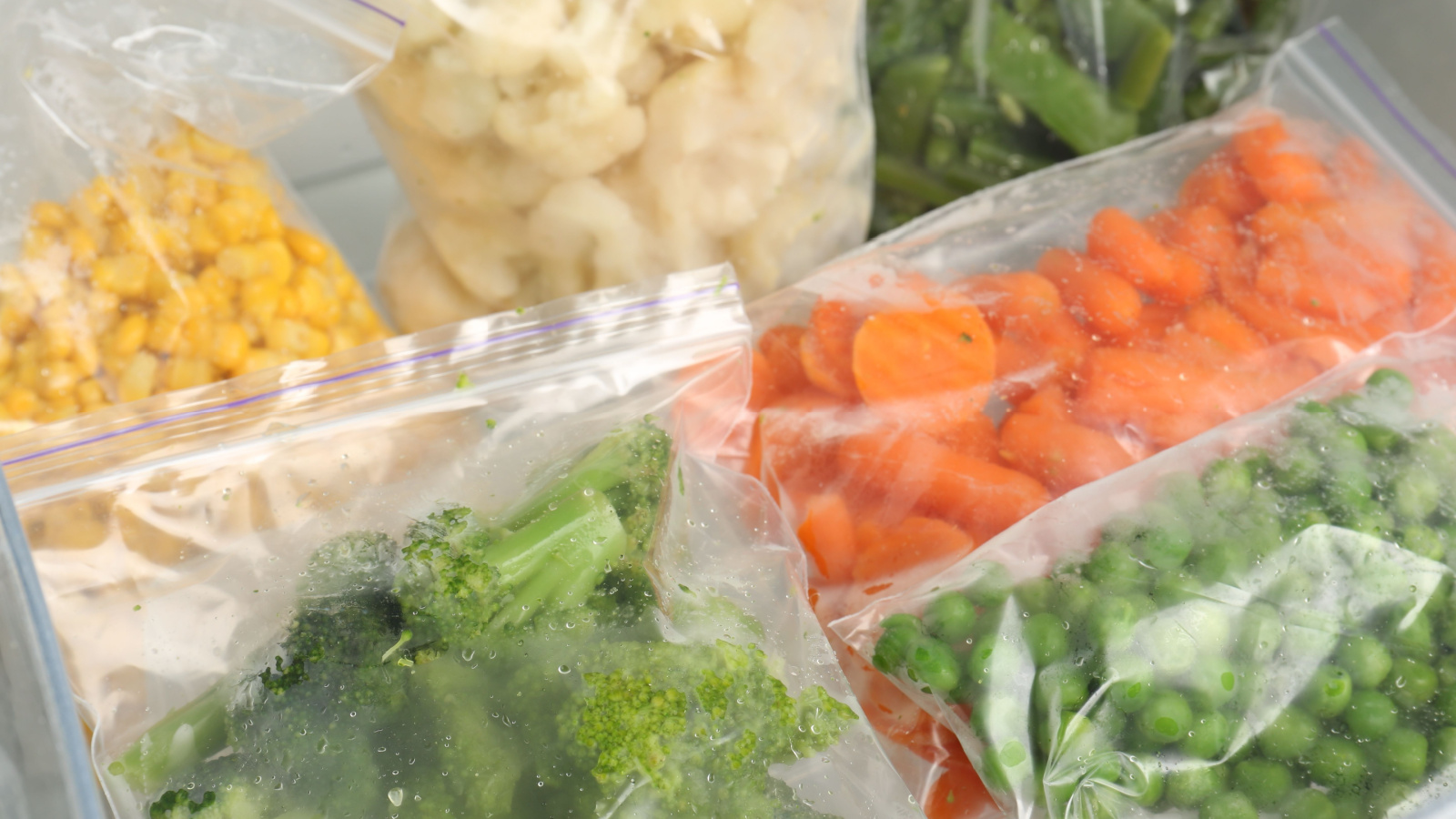
Frozen vegetables used to come in standard 1-kilogram bags, but many brands have cut that down to 750 or 800 grams while keeping prices steady. The packaging design hasn’t changed much, making it tough for shoppers to notice right away. Since frozen vegetables are a go-to for busy families, this shrinkage adds up over time. Canadians already rely on frozen produce to save money compared to fresh, but now even this budget-friendly option feels pricier. Many households are stretching their dollars by stocking up during sales or buying bulk bags from warehouse stores.
Granola Bars

Granola bar packs are a classic example of getting less for more. Boxes that once contained 10 bars often now come with only 8, yet prices have neither budged nor increased. The bars themselves have sometimes gotten smaller, too, offering fewer calories and less substance per snack. For parents packing school lunches, this shrinkflation adds to grocery frustration, since boxes disappear much quicker. Canadians increasingly notice the poor value, with many opting to buy in bulk or even bake homemade bars instead.
Salad Dressing
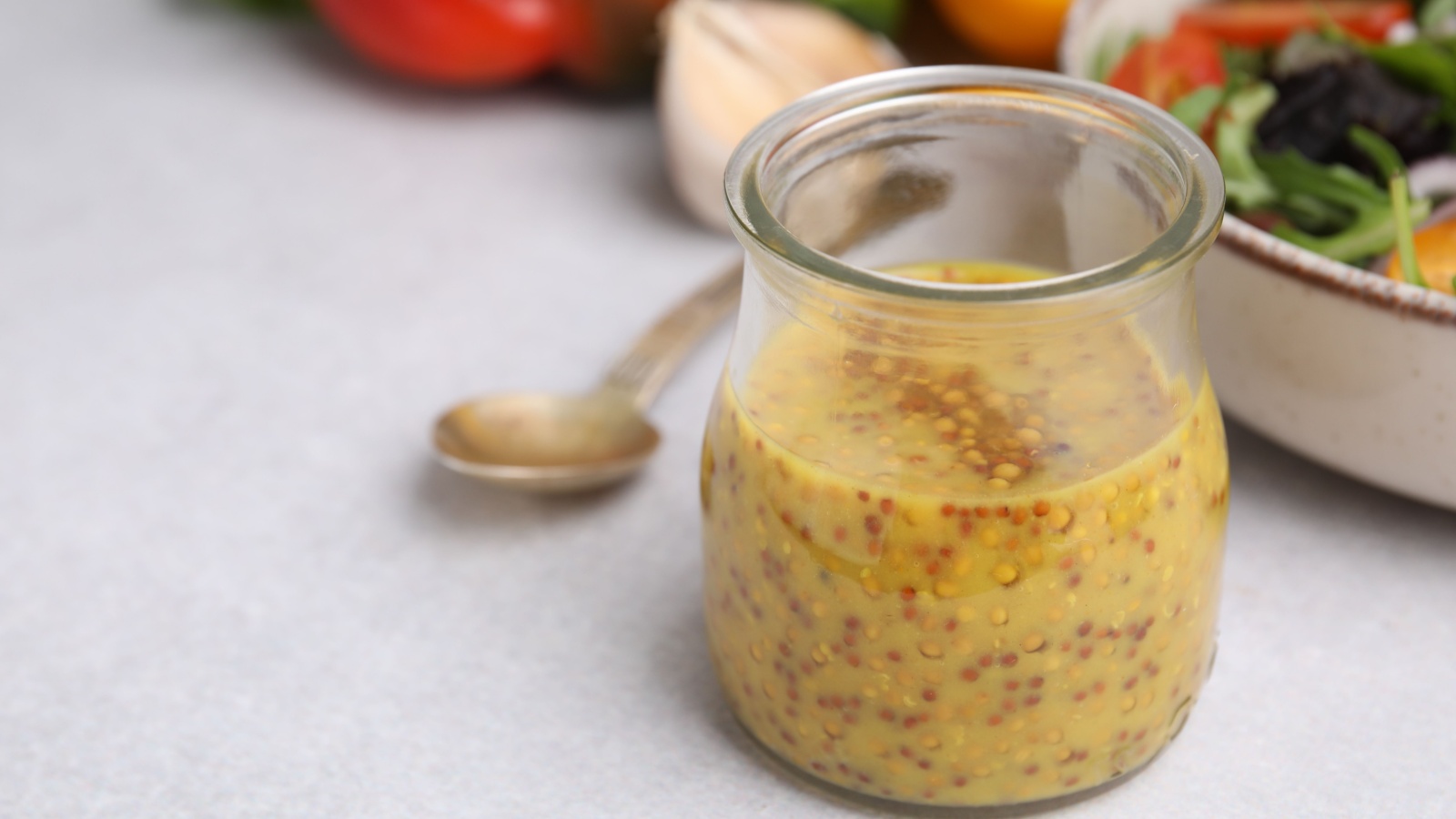
Salad dressing bottles have slimmed down without much fanfare. What used to be a 475-milliliter bottle is now often just 425 milliliters, yet prices have climbed steadily. The packaging looks nearly identical, tricking shoppers into thinking they’re getting the same value. Since dressings are a common grocery item, Canadians go through bottles quickly, noticing the shorter lifespan. Shrinkflation has made even condiments feel overpriced, forcing families to shop carefully for deals or switch to homemade alternatives. It’s another everyday product where shoppers quietly lose value without realizing it until much later.
Snack Cookies
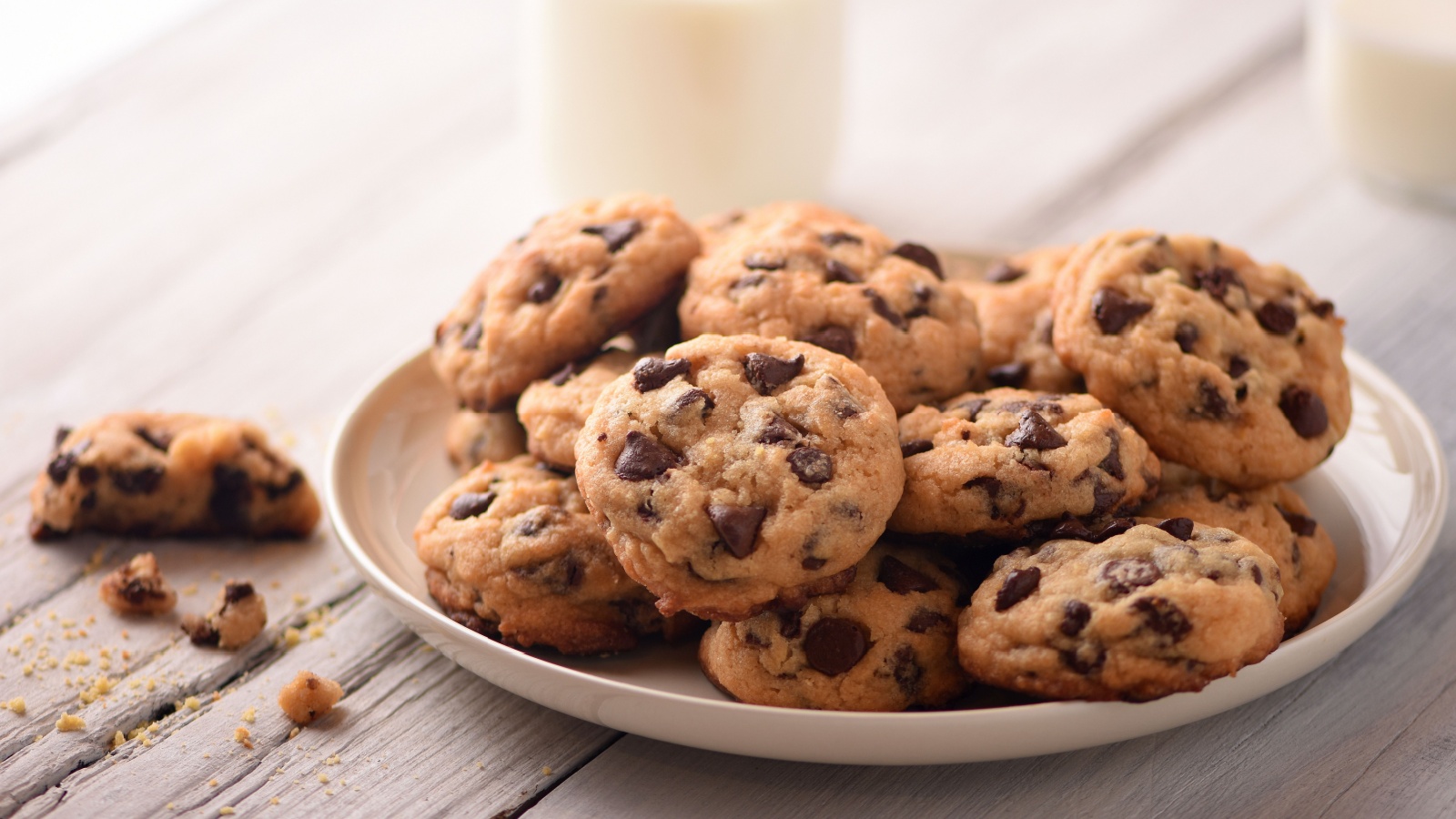
Cookie packages have been hit hard by shrinkflation. What used to be a 300-gram sleeve of cookies now often weighs just 260 grams, with prices climbing steadily. Packaging shapes and branding remain the same, making the difference easy to miss. For families who buy cookies as a treat, the smaller size means boxes disappear faster, requiring more frequent purchases. Canadians are starting to feel that brand-name cookies are no longer worth the cost, especially compared to store-brand options.
Canned Soup
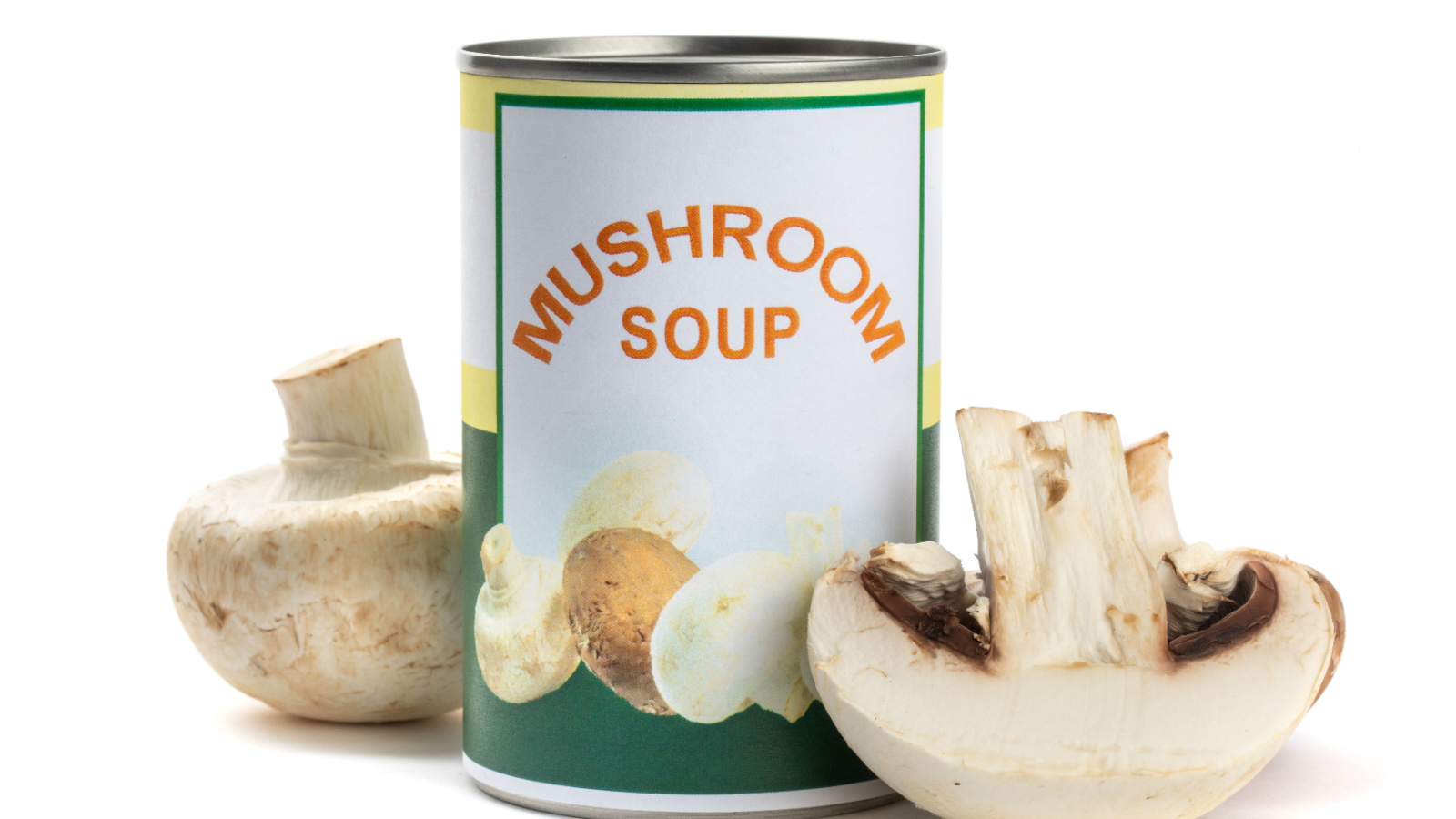
Canned soups are a staple pantry item, but many have shrunk from 540 milliliters to 500 or even 480 milliliters while prices rose. At first glance, the cans appear identical, but the missing portions become apparent when the servings seem smaller. Soup was once considered an affordable, filling meal option, but now it costs more and stretches less. For Canadians relying on quick, easy meals, this shrinkage makes budgeting harder. Many are now turning to bulk soups or making homemade versions to avoid overpaying.
Chocolate Bars

Chocolate bars are one of the most noticeable victims of shrinkflation in Canada. Popular bars that were once 60 grams are now closer to 45 or 50 grams, though prices have climbed sharply. The wrappers and branding stay the same, making it tricky for shoppers to catch the difference until they open the bar. For candy lovers, the portion feels smaller and less satisfying, especially compared to the price. Canadians are increasingly see chocolate as a luxury rather than a casual snack.
21 Products Canadians Should Stockpile Before Tariffs Hit

If trade tensions escalate between Canada and the U.S., everyday essentials can suddenly disappear or skyrocket in price. Products like pantry basics and tech must-haves that depend on are deeply tied to cross-border supply chains and are likely to face various kinds of disruptions
21 Products Canadians Should Stockpile Before Tariffs Hit
